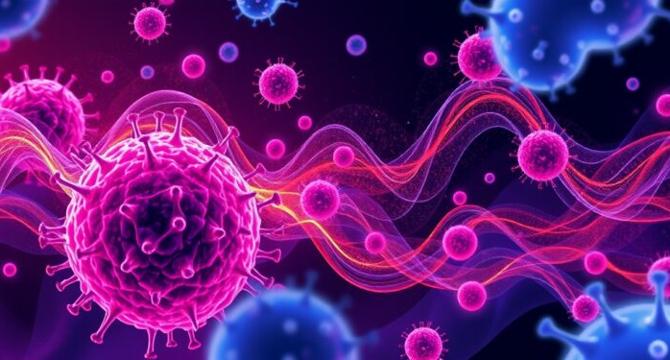Bioengineer
2w
130

Image Credit: Bioengineer
Cell Migration: Beyond Force Generation – A Deeper Look
- Researchers from the McKelvey School of Engineering at Washington University in St. Louis have unveiled surprising findings about how cells move.
- This new research indicates that cells can actually migrate at faster rates while generating lower forces when situated on soft substrates embedded with aligned collagen fibers.
- The experimental setup for this study involved intricate methodologies designed by Amrit Bagchi, a former doctoral student in Pathak’s lab.
- The study’s findings indicate that cells can migrate over 50% faster when adhering to surfaces with aligned collagen fibers compared to random fiber arrangements.
- Pathak articulated a key takeaway from the study: the efficacy of cell migration might hinge significantly on their surrounding environment.
- By understanding how environmental cues, such as aligned fibers, can be exploited by cancer cells, researchers can potentially devise strategies to hinder or redirect this aggressive behavior.
- This unified framework could serve as a valuable tool for scientists looking to delve deeper into cellular mechanisms, offering a new lens through which to view and study cell behavior.
- This innovative research shifts the paradigm of mechanobiology by highlighting that speed and force generation in cellular migration are highly context-dependent.
- The findings herald a new era in understanding the vital role that physical environment plays in cellular dynamics, with potential applications in cancer therapy and regenerative medicine.
- This work invites researchers to expand their investigations into how environmental factors dictate cellular strategies, potentially leading to novel therapeutic interventions that could reshape traditional approaches in medical science.
Read Full Article
7 Likes
For uninterrupted reading, download the app